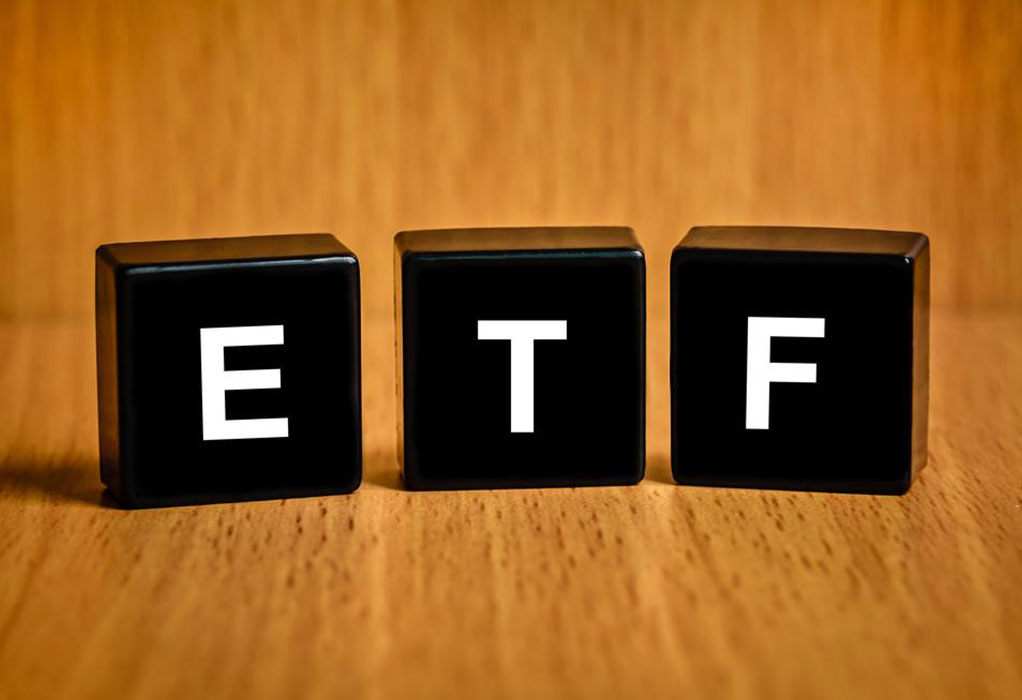A few popular ETFs you should know about
An exchange-traded fund or ETF is a form of an index fund that provides investors with a standard return at a minimal cost though it differs from index funds in that trading in ETFs is commission free while index funds make for expensive trading. An ETF is also like a mutual fund except that it trades on major stock exchanges. ETFs make for appealing investments because of their low costs, tax efficiency, and features that resemble stocks in trading and functionality.

The best ETF funds are not expensive. A difference of a few dollars, however insignificant they may seem at the time, will make a sizeable difference in the long-term returns. The expense ratio determines the cost of an ETF. For instance, an expense ratio of 0.5% signifies that $5 has to be paid every year for every $1,000 invested. The best ETF funds also have to do a good job of tracking the market index they are intended for.
Some of the best ETF funds to invest in 2017 include the following:
- Vanguard S&P 500 ETF (VOO): Generally, humans don’t succeed in beating the market. The VOO allows you to match the return of the market, which is the S&P 500, at a good cost by giving one access to Apple (AAPL), Exxon Mobil Corp (XOM), as well as several other American blue chips. It is low cost with 0.05% per year, or $5 per year, for every $10,000 invested, and pays about 2% in dividends.
- iShares Nasdaq Biotechnology ETF (IBB): The margin cramping regulations of the year gone by has been a sobering time for biotech stocks. With the promise of a crackdown on price gouging under review this year, the stocks here have risen again. IBB is a collection of Wall Street’s best biotech companies like Celgene Corp. (CELG), Biogen (BIIB), and Gilead Sciences (GILD). The expenses amount to 0.47 percent.
- SPDR S&P Regional Banking ETF (KRE): With a Federal Reserve rate hike being a huge possibility, the net interest margins of banks will be bolstered. This helps the components of the SPDR S&P Regional Banking EFF which has its eye on regional bank stocks like KeyCorp (KEY), Regions Financial Corp. (RF) and Citizens Financial Group (CFG). The expenses are at 0.35 percent.
- VanEck Vectors Semiconductor ETF (SMH): Much of the money in tech companies is in the background as much as it is made upfront with giants like Apple, Alphabet, and Facebook. Semiconductor stocks play a top game in the tech industries. This is because they are at the base of most things tech. This includes things like powering smartphones, drones, servers, and databases. SMH has 26 semiconductor stocks. These include Intel Corp. (INTC) and Taiwan Semiconductor Manufacturing Co. (TSM). These two, especially, have outperformed the market at critical timelines. The expenses for SMH are at 0.35%.
- Global X Robotics & Artificial Intelligence Thematic ETF (BOTZ): With its play on roboticization and artificial intelligence, BOTZ ETF is emerging as a for a long time now. Technology like autonomous cars and industrial robotics are a part of BOTZ. Its expenses are at 0.68 percent.
- iShares U.S. Preferred Stock ETF (PFF): The PFF is what the market looks for to collect the power of preferred stocks which represent ownership in a company but does not provide voting rights. The PFF provides exposure to 300 shares. It tilts heavily towards Wells Fargo & Co. (WFC) and HSBC Holdings (HSBC). Its expenses are at 0.47 percent.
- SPDR Bloomberg Barclays High Yield Bond ETF (JNK): Sometimes, high income can be derived from junk, otherwise known as high yield bonds. JNK holds 800 junk bonds. 90 percent are from industrial companies. The top holdings are SFR Group, Sprint Corp. (S), and Western Digital Corp. (WDC). The yield is at 6 percent and expenses stand at 0.4 percent.
According to Forbes, the most popular and best ETF funds for 2017 have been the following: VanEck Vectors Oil Services ETF (OIH), iShares National Muni Bond ETF (MUB), PowerShares Dynamic Semiconductors ETF (PSI), iShares Barclays 20+ Year Treasury Bond ETF (TLT), iShares U.S. Aerospace & Defense (ITA), SPDR S&P Regional Banking ETF (KRE), SPDR® S&P Aerospace & Defense (XAR), PowerShares Aerospace & Defense (PPA), and Market Vectors Gold Miners ETF (GDX).
Other good ETFs to invest in this year include these: Vanguard Small-Cap ETF (VB), iShares Core Russell US Growth (IUSG), Schwab US Large-Cap Value ETF (SCHV), Vanguard FTSE Developed Markets ETF (VEA), Schwab Emerging Markets Equity ETF (SCHE), Vanguard High Dividend Yield ETF (VYM), Vanguard Long-Term Government Bond ETF (VGLT), and SPDR Bloomberg Barclays Intermediate-Term Corporate Bond ETF (ITR).
These lists are good as a starting point and are by no means exhaustive.




